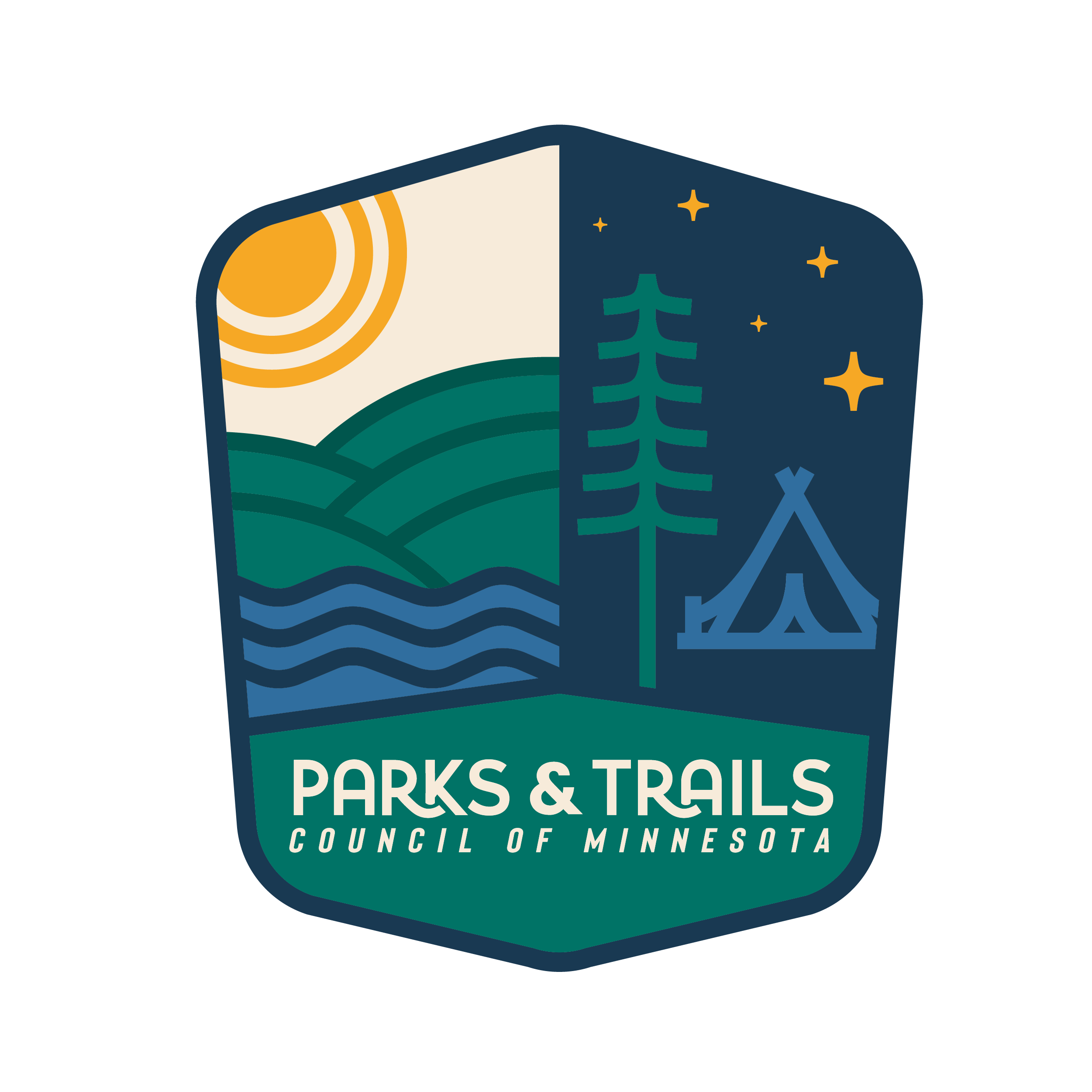- Home
- Letter from the president
- Parks are hands-on classrooms
Parks are hands-on classrooms
By Mike Tegeder, president
In August, with other Parks & Trails Council members, I attended the rededication ceremony for the visitor center at Forestville/Mystery Cave State Park. The last time I visited this park was in the mid 1980s, shortly after the state purchased the cave from a private landowner who could no longer afford the maintenance. On this particular day I was there to help honor the man who helped make that purchase happen, Bill Morrissey, the state park director from 1987-2003. Bill died two years ago. Appropriately the center was rededicated in his honor.
While there I enjoyed a guided tour of the fossil-rich, limestone cave, which is the longest known cave in Minnesota. It is truly a magnificent place full of amazing stalactites, stalagmites, and underground pools.
Luckily, I am not alone in having the privilege of touring this unique place. Over 4,000 school children attended the cave program and toured the nearby historic village of Forestville, which is located in the park but managed by the Minnesota Historical Society. The school program includes lessons in archaeology, geology, hydrology, ecology and history. In addition to the historic, restored 1800s village, there is the much longer and rich history of the Dakota people in this region. Visiting this place must be a memorable school day.
While this state park offers a unique opportunity to learn about caves, it is not unique in being a hands-on learning environment for school children. I was reminded of this on another recent trip to a state park. I was at Fort Snelling State Park during a strategic planning meeting for the Parks & Trails Council. Here, the park ranger told us that thousands of students visit the park on organized field trips.
In yet another example of the tremendous ways our parks educate your youth, this fall, over 300 fourth- and fifth-graders from Twin Cities’ schools took part in the Big River Journey. This is an event organized by the National Park Service to teach youth about the Mississippi River. Half the students start their adventure on a paddle boat, which departs near downtown St. Paul. Once on board, National Park rangers lead them in learning activities until they arrive at the old steamboat landing at Fort Snelling. At the park, State Park rangers lead them on lessons about the environment and history including the significance of the area to the Dakota people.
A few years ago a timely book, “Last Child in the Woods,” was written by Richard Louv. His main point is that kids today are suffering from a nature deficit, which affects childhood health and even the future generations’ interest in preserving our precious natural areas.
More recently there have been concerns about the proper use of the School Trust lands managed by the DNR for the benefit of our students. Not to lose sight of the forest for the trees, it is important for us to recognize the tremendous value to our young people and their education from our public lands, especially our parks and trails.
About Lisa Filter
News Categories
Recent News
-
Two Friends Groups receive ... August 28, 2024
-
Share your opinion on fundi... August 27, 2024
-
DNR Update: Next Steps in t... August 26, 2024
-
Senator Foung Hawj August 16, 2024
-
Frontenac State Park Associ... August 8, 2024
